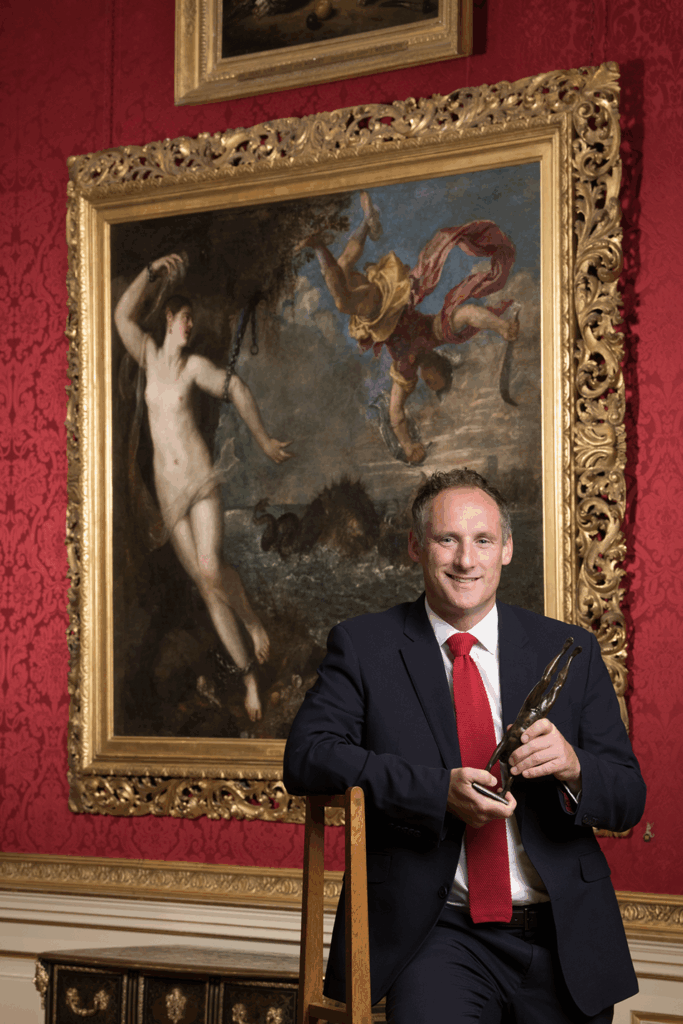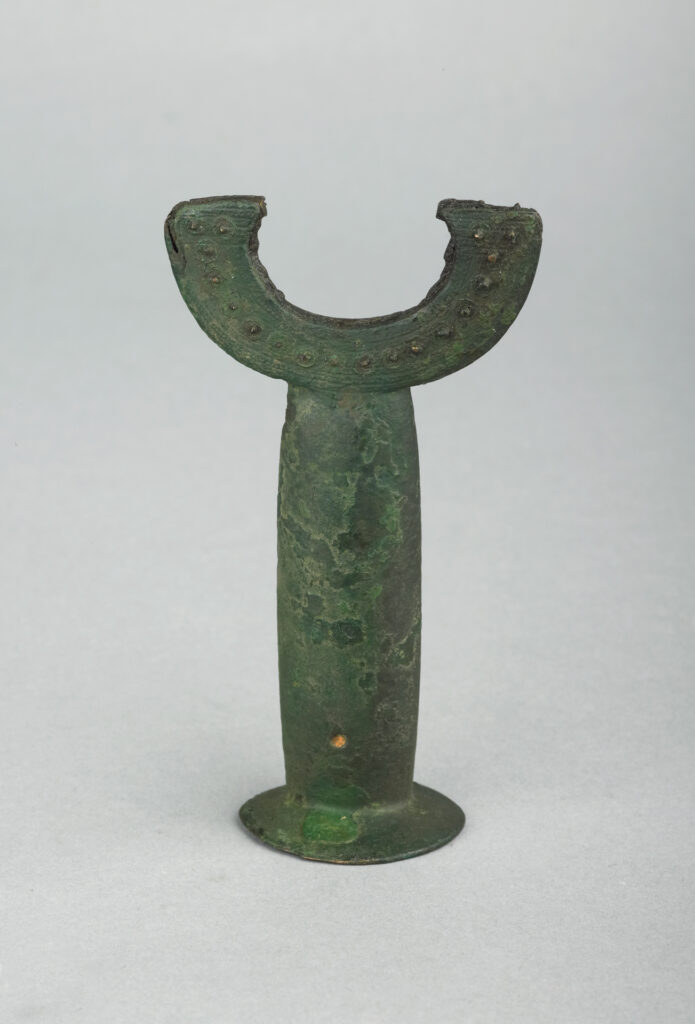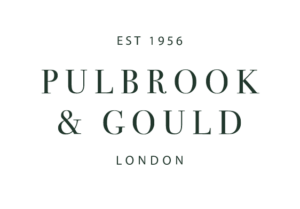Dr Xavier Bray, Director of the Wallace Collection
Having worked at the National Gallery and the Museum of Fine Arts, Bilbao and then as Chief Curator at the Dulwich Picture Gallery, Dr Bray joined The Wallace Collection as Director in November 2016. He has curated several exhibitions and was Guest Curator of the acclaimed Goya: The Portraits exhibition at the National Gallery; most recently he co-curated the exhibition Ranjit Singh: Sikh, Warrior, King and worked with Grayson Perry on his recently opened exhibition Grayson Perry: Delusions of Grandeur at the Wallace Collection.

Dr Xavier Bray, Director of the Wallace Collection.
Built over the 18th and 19th centuries by the Marquesses of Hertford and Sir Richard Wallace, the Wallace Collection is a national museum in Manchester Square, London, housing unsurpassed masterpieces of painting, sculpture, furniture, arms and armour, and porcelain.
- You have curated several exhibitions with a Spanish theme. What makes these artists special to you?
My love for Spanish art comes from being fortunate enough to live in Madrid in my late teens and becoming obsessed by the Prado Museum; Velázquez and Goya particularly attracted me for their honest realism. While all my colleagues flocked to Italy to study Renaissance art, Spain remained uncharted territory at the time. I immersed myself in the culture and traditions of the Spanish people, which drew me in further – ranging from religion to royalty – so I guess it became a passionate love affair with a country that remains a great reference point in my life.
- What is your greatest challenge in overseeing the Wallace Collection?
I think it’s threefold: caring for such a complex collection in what is an old Victorian London townhouse, not originally built as a museum; conserving and presenting such a varied collection for audiences today, while keeping an eye on the future; and, of course, dealing with the economic challenges. As a national museum, we receive Grant-in-Aid from the government, but that’s going down consistently, and we face other pressures such as escalating energy bills. So, balancing the books depends more and more on self-generated income and philanthropy. Handling that while also creating engaging programming that will bring in people to enjoy the collection – from exhibitions to learning programmes and events – is another significant challenge.
- What is the Wallace Collection’s greatest asset/quality?
Lady Wallace bequeathed her husband’s collection to the nation in 1897, but not the house, which the government decided to buy from the Portman Estate – so you have this collection of 5,500 objects in a setting that is truly unique because it is both a house and a museum. The beautiful thing is that you have the intimacy of every single art form coming together in one space, showing how they connect, rather than separating them into different collections as happened in the 19th century, which is why we have a National Gallery, British Museum and so on. The V&A is the closest to the Wallace Collection in terms of having all the arts in one place, and you can see how they would have been conceived as a collective ensemble originally.
- You have worked in Bilbao. How does London compare for the arts?
Bilbao is a truly cultural city. I worked in the Museum of Fine Arts which was opened in 1908, making it one of the first public municipal museums in Spain. The city is very pro culture and funds the museum to very high standards – along with Basque government funds and supportive local banks. When I went to work there in 2000, I could appreciate that the collection represents both the Basque identity and international art. I learnt a lot about balancing local culture with the desire to share a more international view. That experience was very useful when I came back to work at Dulwich Picture Gallery in London. I wish there were more opportunities for ‘director exchanges’ across Europe, where each goes to learn about how the other’s institution works.
- If you could own one work from the Wallace Collection, what would that be?
The hilt of a Bronze Age sword made in Denmark. It’s a very simple design – very reductive in shape in terms of the handle at the hilt base, which reminds me of sculptures by Brâncuși. It was made in Denmark in about 1200 BC, and I think it is the oldest object in the collection.
- Tell us something unusual/unexpected about yourself.
My dream was to be an opera singer – a Beniamino Gigli of the 21st century. Singing is something I wish I had more time to do.

Bronze engraved sword hilt from Denmark, c.1200 BC. The oldest object in the Wallace Collection





